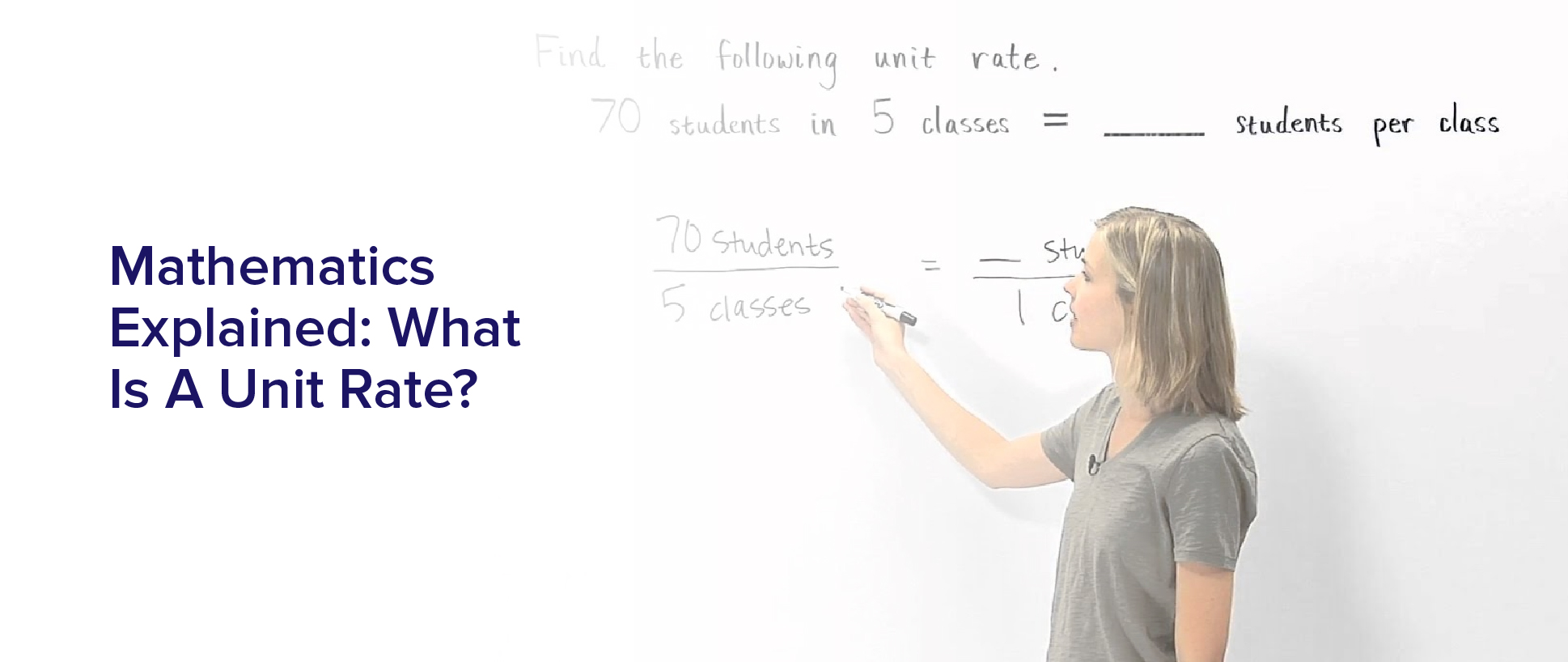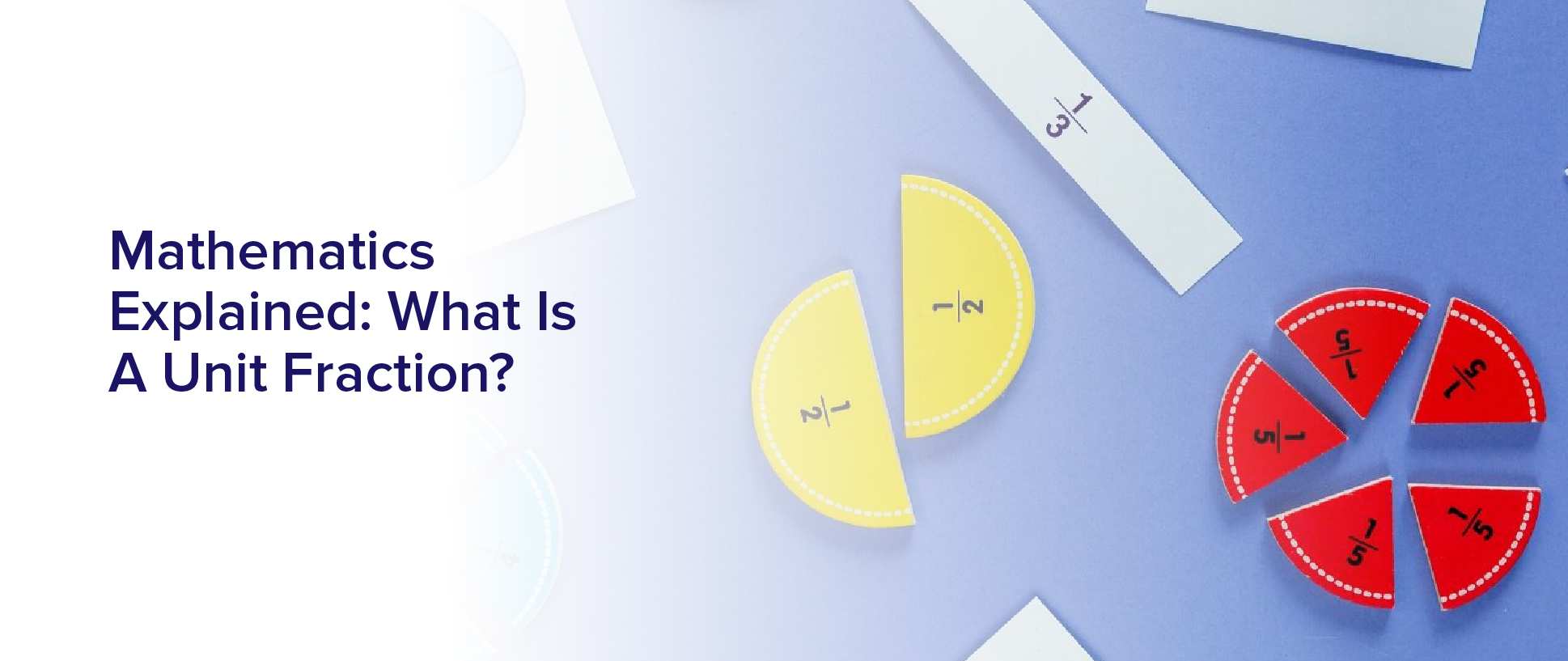Are you struggling to understand fractions and decimals? Do you find yourself getting confused when trying to convert fractions to decimals? Don’t worry, decoding mathematics is not as difficult as it may seem.
In fact, with a little practice and the right tools, you can easily convert any fraction to its decimal equivalent, including 2/3.
In this article, we will walk you through the basics of fractions and decimals, and show you the step-by-step method for converting fractions to decimals. We will apply this method to 2/3 and provide you with a list of common fractions and their decimal equivalents.
Additionally, we will explore the real-world applications of decimal conversions and offer tips and tricks for simplifying the process. By the end of this article, you will have a firm understanding of how to decode mathematics and master the conversion of 2/3 to a decimal.
Understanding the Basics of Fractions and Decimals
You’re probably familiar with fractions, but have you ever thought about how they relate to decimals and how to convert between the two? Understanding the basics of fractions and decimals is essential when it comes to decoding mathematics.
A fraction represents a part of a whole, while a decimal represents a number that is expressed in the base-ten system. In a fraction, the numerator represents the number of parts that are being considered, while the denominator represents the total number of parts in the whole.
For example, the fraction 2/3 represents two equal parts out of a total of three parts. On the other hand, a decimal is a way of expressing a fraction using base-ten place value notation. The decimal equivalent of 2/3 is 0.6667.
By understanding the relationship between fractions and decimals, you can easily convert between the two and solve complex mathematical problems.
Converting Fractions to Decimals: The Method
Alright, let’s talk about how to convert fractions to decimals using a simple method.
The first step is to divide the numerator (top number of the fraction) by the denominator (bottom number of the fraction). For example, if you want to convert 2/3 to a decimal, you would divide 2 by 3.
The result would be 0.666666… (the 6s repeat infinitely). To make the decimal easier to read and use, you can round it to a certain number of decimal places.
For instance, if you round 0.666666… to two decimal places, the result would be 0.67. That’s it! It’s a simple method that works for all fractions.
By converting fractions to decimals, you can easily compare and perform operations with them, making math a lot easier.
Applying the Method to 2/3
Now let’s see how we can convert 2/3 to a more usable form. To do this, we need to divide 2 by 3. We can do this using long division or a calculator.
Long division works by dividing the numerator (2) by the denominator (3) and then adding zeros to the end of the quotient until we get the desired number of decimal places. Using a calculator, we can simply enter 2 ÷ 3 and get the decimal equivalent of 0.66666667.
However, if we want to round this number to a certain number of decimal places, we need to keep in mind the rules for rounding. For example, if we want to round 2/3 to two decimal places, we would look at the third decimal place and round up if it’s greater than or equal to 5. In this case, the third decimal place is 6, so we would round up to get 0.67.
Common Fractions and Their Decimal Equivalents
Let’s explore some fractions and their decimal equivalents, so you can see how they relate to each other and how to convert them easily.
One of the most common fractions you’ll encounter is 1/2, which is equal to 0.5 in decimal form. Similarly, 1/4 is equal to 0.25, and 3/4 is equal to 0.75.
Another important fraction is 1/3, which is equal to 0.33333 (repeating) in decimal form. This is where the concept of repeating decimals comes into play. When a decimal has a repeating pattern, such as the threes in 0.33333, we represent this by placing a bar over the repeating digit(s). So, 0.33333 becomes 0.3̅.
Other common fractions with repeating decimals include 2/3 (which we just learned is equal to 0.6̅), and 1/6 (which is equal to 0.1̅6̅).
By understanding the relationship between fractions and their decimal equivalents, you’ll be able to easily convert between the two and solve a variety of math problems.
Real-World Applications of Decimal Conversions
Converting decimals to fractions is a crucial skill in everyday life, as it allows you to quickly compare prices, calculate percentages, and make informed financial decisions. For instance, when you shop, you may notice that one item costs $2.99 and another costs $3.50. By converting these prices to decimals, you can easily see that the first item is cheaper.
Similarly, when you calculate a 20% discount on a $100 item, you can convert the percentage to a decimal (0.20) and then multiply it by the original price to get the discounted price of $80.
Real-world applications of decimal conversions are not limited to shopping and financial calculations. In science, engineering, and technology, decimals are essential for precise measurements and calculations. For example, when building a bridge, engineers need to calculate the exact dimensions of the materials and the forces acting on them. Decimal conversions help them ensure that the bridge is safe and stable.
In medicine, decimals are used to calculate dosages of drugs and to measure vital signs such as blood pressure and heart rate. In short, mastering decimal conversions is an essential skill that can improve your everyday life and help you succeed in various fields.
Tips and Tricks for Simplifying the Process
You’ll feel more confident and efficient when simplifying decimal conversions with these helpful tips and tricks.
First, remember that dividing the numerator by the denominator is the most basic way to convert a fraction into a decimal. For instance, to convert 2/3 into a decimal, just divide 2 by 3. The quotient is 0.67, which can be rounded off if you only need two decimal places.
Another way to simplify decimal conversions is to memorize common fractions and their decimal equivalents. For example, you can remember that 1/4 is 0.25, 1/3 is 0.33, 1/2 is 0.5, and 3/4 is 0.75. By knowing these values, you can easily estimate the decimal equivalent of other fractions that are close to them.
These shortcuts can save you time and effort, especially when dealing with large sets of data or complex calculations.
Practice Problems for Mastery
Get ready to test your skills with these practice problems and become a decimal conversion master! The best way to master converting fractions to decimals is through repetition.
By practicing regularly, you’ll start to see patterns and develop a better understanding of how to approach different types of problems. Start with some simple examples, such as converting 1/4 or 1/2 to decimals. Work your way up to more complex fractions like 5/6 or 7/8.
Remember to keep in mind the key rules, such as dividing the numerator by the denominator and rounding to the desired number of decimal places. With enough practice, you’ll be able to convert any fraction to a decimal with ease.
Frequently Asked Questions
What is the history of the development of the decimal system?
If you’re curious about the history of the development of the decimal system, you might be interested to know that it originated in India around 500 AD.
The system was based on the idea of grouping numbers into sets of ten, with each place value representing a power of ten. This revolutionary system allowed for much easier and more efficient calculations than previous methods, and it eventually spread to other parts of the world.
Over time, the decimal system was refined and standardized, leading to the familiar system we use today. It’s a fascinating example of how mathematical innovation can have a profound impact on society.
How are decimals used in fields such as finance and science?
When it comes to finance and science, decimals are an essential part of the equation.
In finance, decimals are used to represent fractions of a dollar, such as 0.25 for a quarter of a dollar or 0.5 for half a dollar. This allows for precise calculations when dealing with large sums of money.
In science, decimals are used to represent measurements with great accuracy. For example, a lab experiment may require measuring a substance to be 0.0001 grams, which would be represented as 0.0001 in decimal form.
Decimals are crucial in both fields and allow for precise and accurate calculations and measurements.
Are there any cultural differences in the use and understanding of decimals?
When it comes to cultural differences in the use and understanding of decimals, there are certainly some variations to consider.
For example, some cultures may use a comma instead of a decimal point to separate whole numbers from decimals, or they may use a different symbol altogether.
Additionally, some cultures may have different conventions for rounding decimals or expressing fractions as decimals.
It’s important to be aware of these differences when working with individuals or groups from different cultural backgrounds, as it can impact communication and understanding in fields that rely heavily on decimal notation, such as finance and science.
How do decimals relate to other mathematical concepts such as ratios and proportions?
When it comes to understanding decimals, it’s important to recognize how they relate to other mathematical concepts such as ratios and proportions.
Decimals are actually a way of expressing fractions in a more convenient and concise form. For example, the decimal 0.5 represents the fraction 1/2.
Ratios and proportions also involve comparing two quantities, but they’re typically expressed in a different way. Ratios compare two quantities by expressing them as a fraction, whereas proportions compare two ratios to determine if they’re equal.
Understanding these connections can help you better grasp the role that decimals play in mathematics and how they can be used to solve a variety of problems.
Are there any current debates or controversies surrounding the use of decimals in education or society?
Have you ever wondered if there are any current debates or controversies surrounding the use of decimals in education or society? Well, the answer is yes.
One of the main controversies revolves around the use of calculators in math classrooms. While some argue that calculators can help students better understand mathematical concepts, others believe that relying too heavily on technology can hinder their ability to perform basic mental calculations and problem-solving skills.
Additionally, there have been debates about the use of standardized testing in math education. Some argue that it places too much emphasis on memorization and not enough on critical thinking and problem-solving.
Overall, the use of decimals in math education may seem straightforward, but there are ongoing debates and controversies about the best ways to teach and assess mathematical skills.
Conclusion
Congratulations! You’ve successfully decoded the mystery of converting fractions to decimals, specifically 2/3.
You now have a better understanding of the basics of fractions and decimals, and know the method for converting fractions to decimals. By knowing the decimal equivalent of common fractions, you’ll be able to apply this knowledge in real-world situations such as calculating discounts, tax rates, and interest rates.
Remember to simplify the process by using the tips and tricks provided, and practice regularly to master the skill.
Keep up the good work, and continue to explore the exciting world of mathematics!




